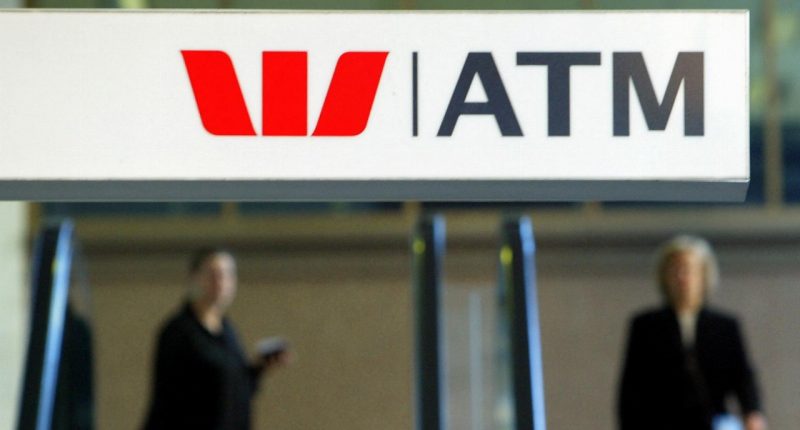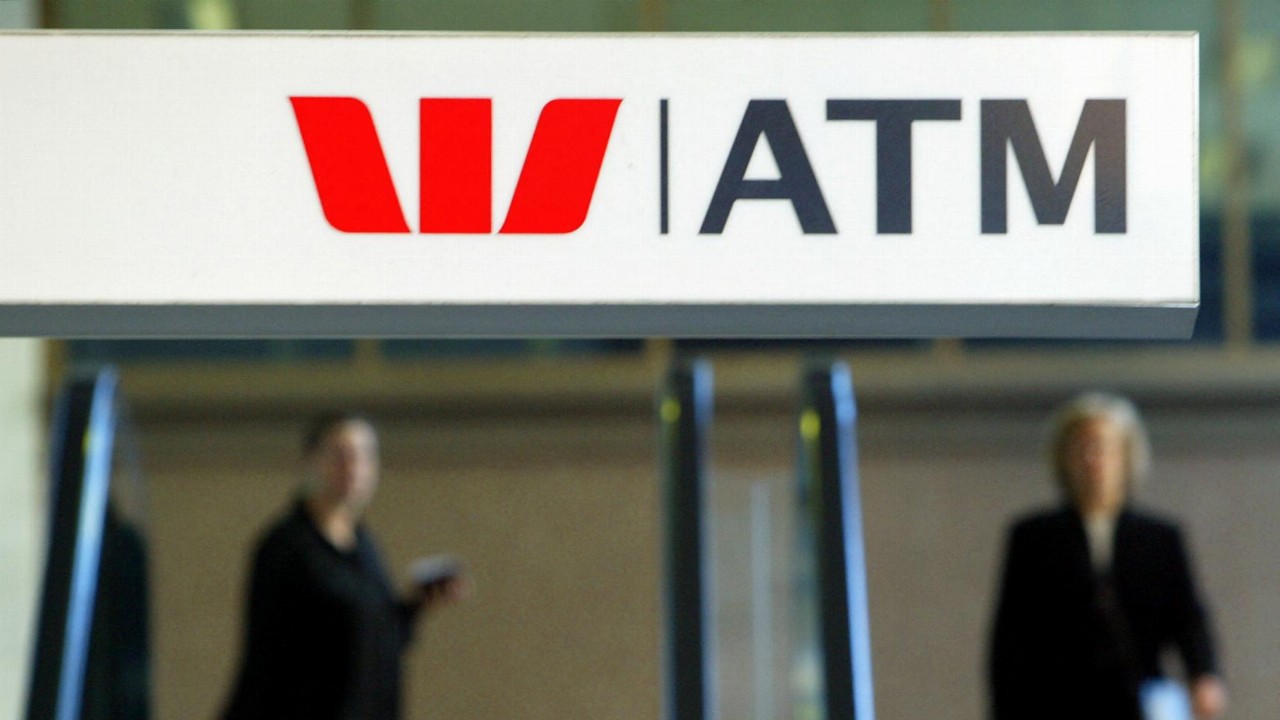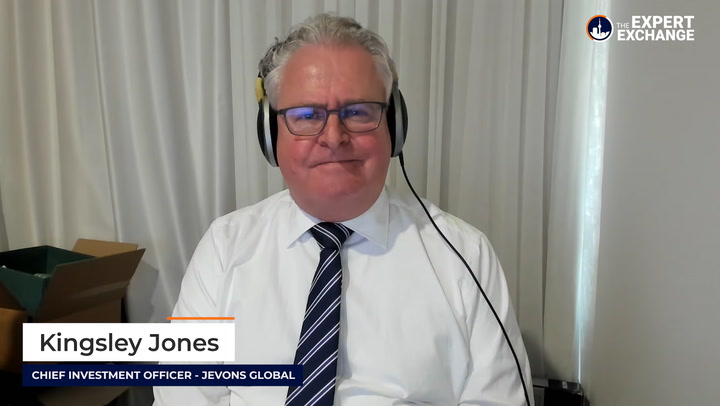- A measure of Australian consumer sentiment slips for the third month in a row at the start of February, according to the latest data from Westpac
- The Westpac-Melbourne Institute Index of Consumer Sentiment falls by 1.3 per cent in February to 100.8 compared to 102.2 in January
- Higher costs of staples like petrol and rent are largely responsible for the decrease, which occurred despite Omicron economic disruptions beginning to ease
- Meanwhile, consumers are by and large expecting an interest rates hike in 2022, with one in four consumers predicting rates to rise by more than a percentage point
- Nevertheless, while the outlook for personal finances is somewhat bleak, the Westpac consumer outlook for the wider economy is still on the rise
A measure of Australian consumer sentiment slipped for the third month in a row at the start of February, according to the latest data from Westpac.
The Westpac-Melbourne Institute Index of Consumer Sentiment fell by 1.3 per cent in February to 100.8 compared to 102.2 in January. Westpac said this was “surprising” given health disruptions from the Omicron variant had begun to ease while the labour market continued to strengthen.
It seems inflation, then, was the main driver of the fall in consumer sentiment: while Australia’s inflation rate has remained far more subdued than in many other countries amid the rise of Omicron, Australian consumers are still paying more for things like petrol and rent.
“The most likely explanations for these elevated pressures on finances relate to: Omicron related disruptions to activity and earnings at the start of the year; the rising cost of living; and the prospect of rising interest rates,” Westpac Chief Economist Bill Evans said.
Petrol prices are already 15 per cent higher than two months ago as geopolitical pressures between Russia and the West over a potential military invasion of Ukraine intensify.
“Recent CPI updates also show a broader lift in prices since mid-2021 that looks to have continued into early 2022, exacerbated by the collision of virus-related supply chain disruptions with surging demand,” Mr Evans said.
“Housing and building-related costs have seen particularly strong rises as well.”
As such, while the overall consumer index has fallen by 1.3 per cent, Westpac’s ‘finances vs a year ago’ sub-index slumped by 9.2 per cent in February — completely erasing the 7.5-per-cent increase in January. Similarly, the ‘finances, next 12 months’ sub-index fell by 1.5 per cent to be down by 4.3 per cent since December.
Mr Evans said these sub-groups were particularly weaker among younger age groups, renters, and retirees, who tend to be more sensitive to increases in the cost of living.
Interest rates still expected to rise
Along with the consumer sentiment data, Westpac said consumers are largely expecting an interest rates hike in 2022: while 55 per cent of consumers said they expected an increase in mortgage rates in the next 12 months back in January, this figure has now grown to 66 per cent.
One in four consumers is expecting rates to rise by more than a percentage point, marking the “most pessimistic” sentiment around rates from consumers since August 2011.
It should be noted, however, that despite the consumer sentiment in August 2011, the anticipated rates hike at the time did not materialise.
It’s not all bad news
While the outlook for personal finances is somewhat bleak, the Westpac consumer outlook for the wider economy is still on the rise: the big bank said the ‘economy, next 12 months’ sub-index still increased by 2.4 per cent in February. Similarly, the ‘economy, next five years’ sub-index was up by 1.5 per cent.
This is supported by a “stunning” fall in the official unemployment rate over recent months, down from 4.6 per cent in November to 4.2 per cent in December.
Meanwhile, housing-related sentiment was somewhat mixed, with expectations for the future lifting but buyer sentiment slipping and near a fourteen-year low.
While the strength of the House Price Expectations index emphasised the “sheer resilience” of Australia’s housing market, according to Westpac, the mix of price and interest rates rises was, unsurprisingly, less appealing from a buyer’s perspective.








